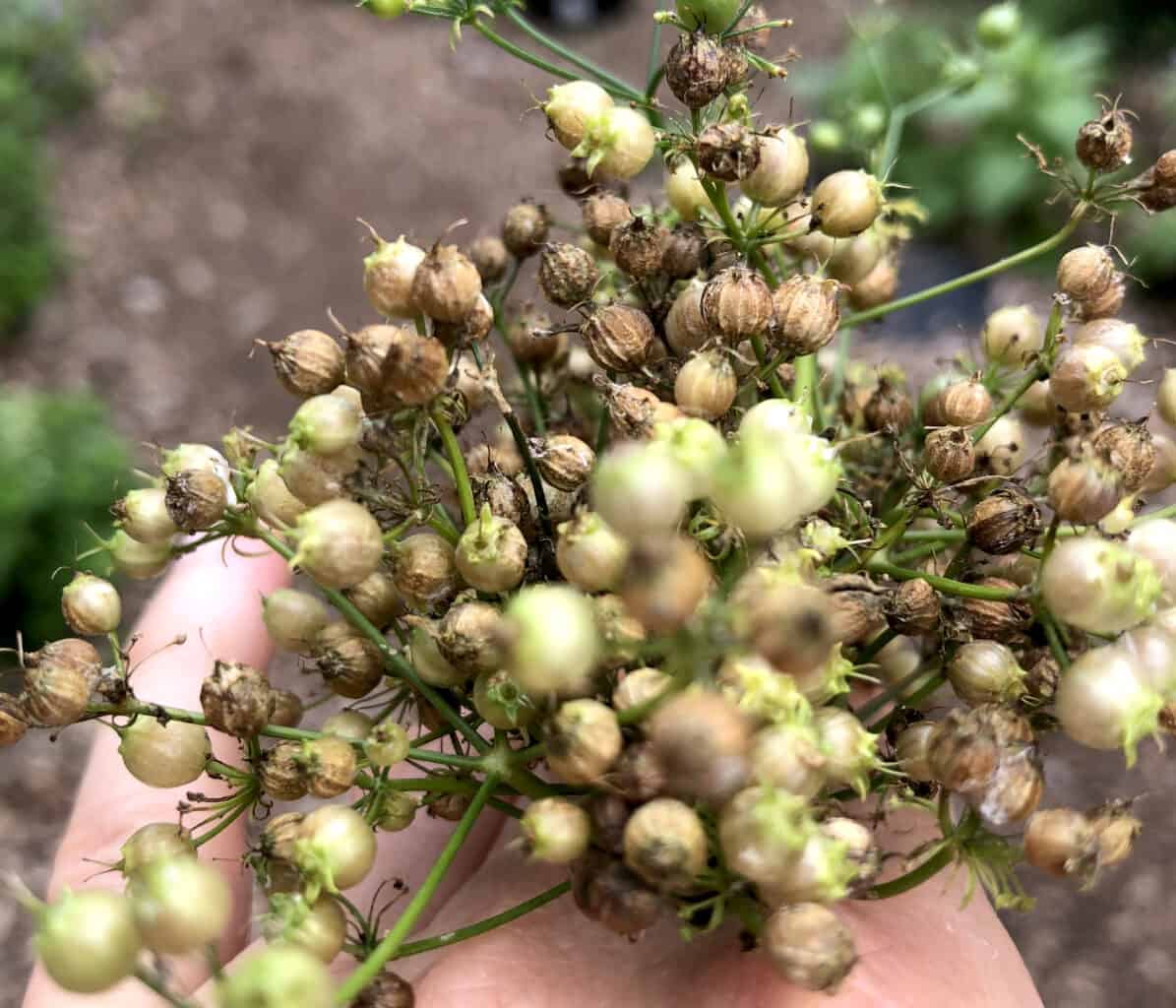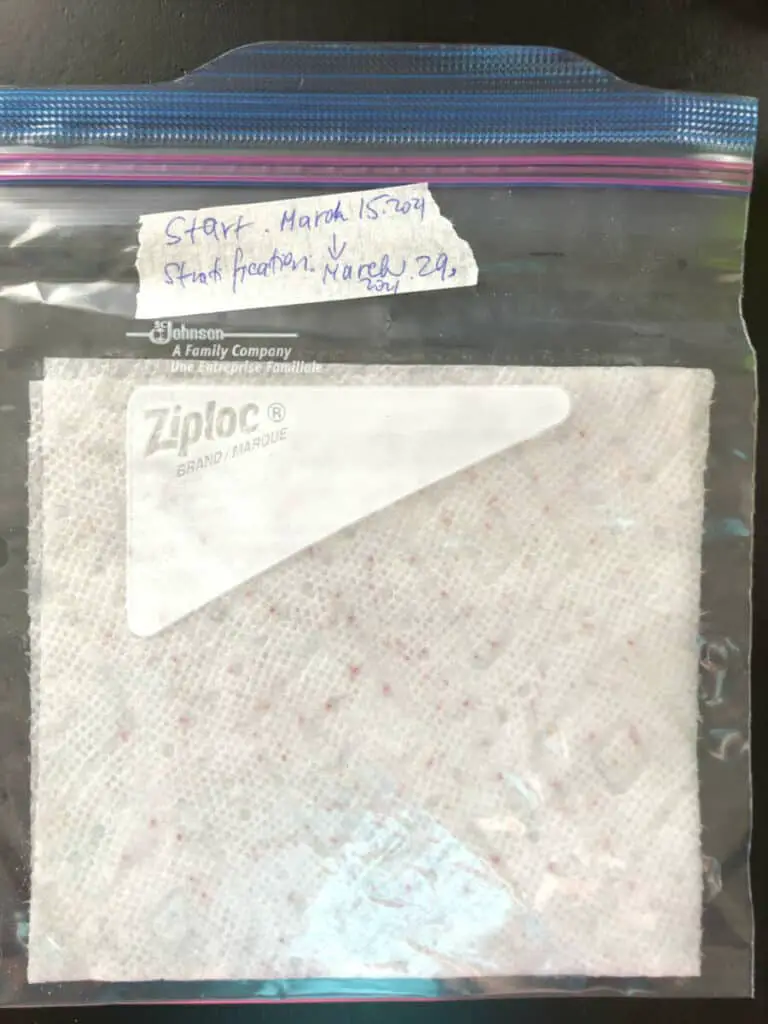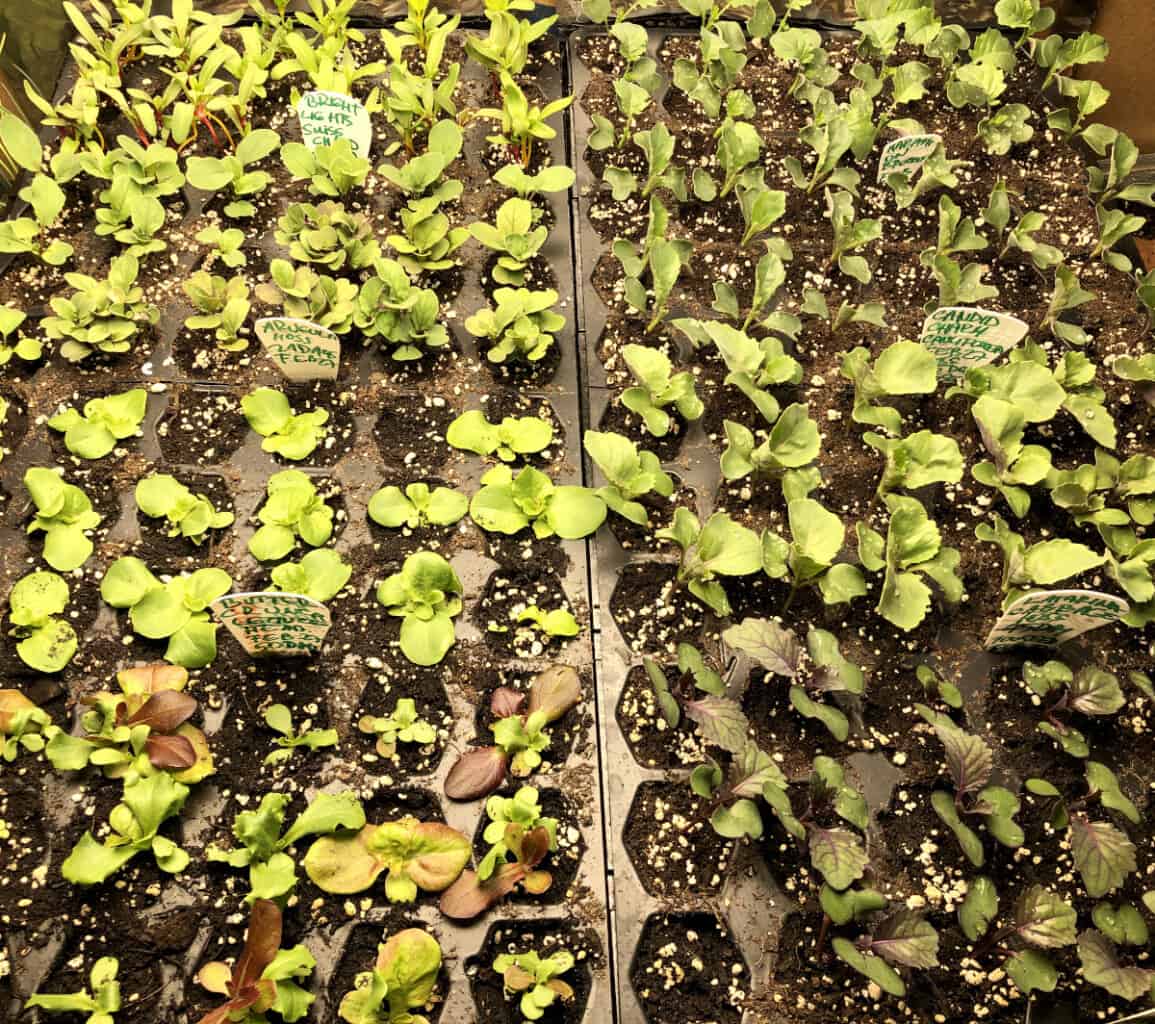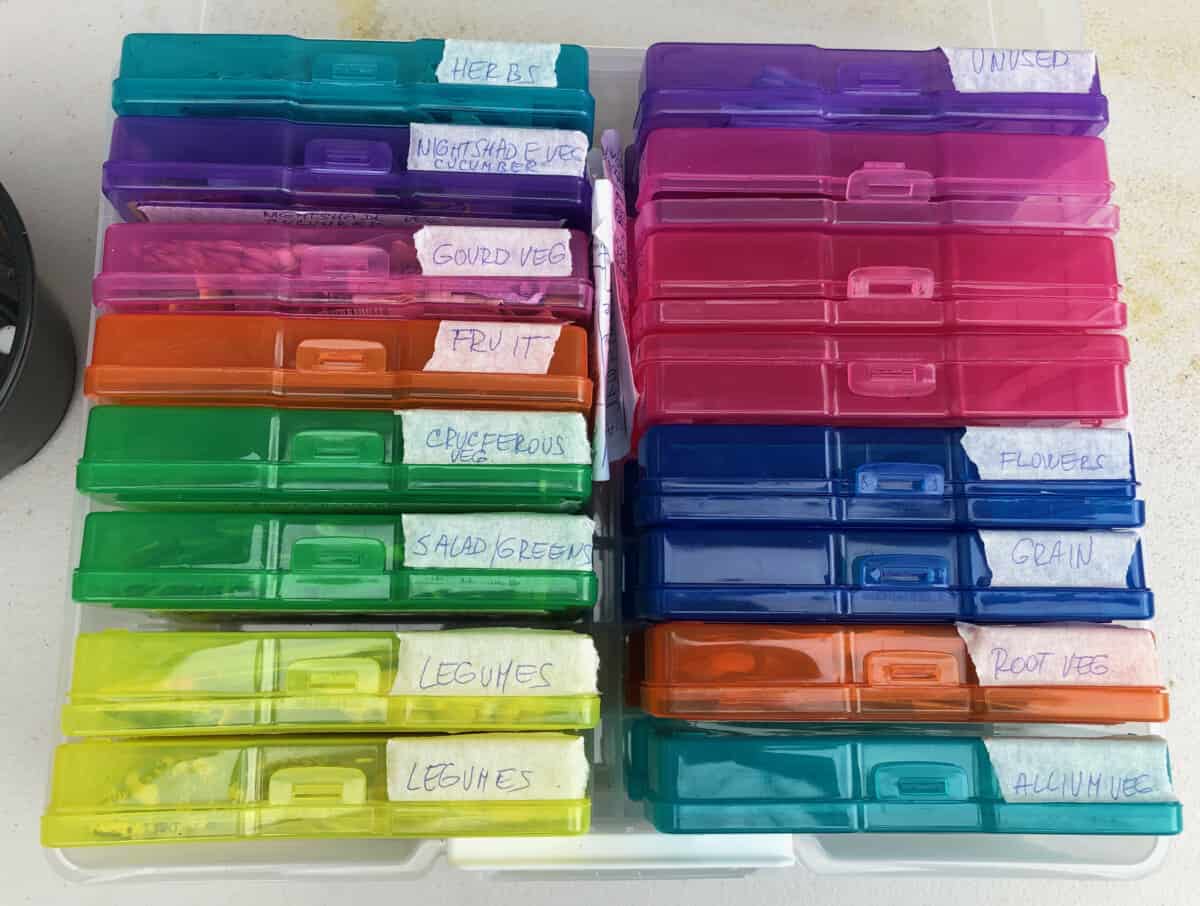The viability of the seed indicates the ability of the seed to live successfully. If the seed is viable, it means the seed is alive and the seed will germinate.
Non-viable seeds will not germinate. If the seed is non-viable, that means that the seed is dead and it will not germinate. Non-viable seeds are not alive, and therefore they will not germinate.

What is a viable seed?
A viable seed is a seed that is alive and will germinate.
How to test the viability of the seeds?
Use a simple water test to find out if the seeds are viable. Fill the cup with water and place a sample batch of seeds in the water. Let them sit in water for about 10 minutes. The seeds that sank are still viable. The seeds that are floating are most probably non-viable and will not sprout. Another way to find out if the seeds are viable is to let them sprout. Use a paper towel, place a sample batch of the seeds on a paper towel, and moisten the seeds and the towel using mist or drops of water. Ensure the seeds and the paper towel are moist but not dripping water. Envelop the seeds with a paper towel and place them in a zip lock bag or a sealed plastic container. Keep the seeds moist at a warm place about 80-86F for about 7 days. Most seeds sprout within 7 days, but some seeds need longer. If there is no sprouting within 14 days the seeds are not viable.

What affects seed viability?
The key environmental factors that affect seed viability, and its deterioration are moisture, temperature, and proportion of oxygen. Reducing seed moisture content increases the seed’s longevity. Ensure the seeds are kept in a dry place with as little humidity as possible. Keep the seed in a cool place at a temperature between 32-41F. The warmer the environment, the more decrease the seed’s viability. Keep the seeds in a sealed glass, or plastic container.
If you harvest the seeds from your garden, always let the seeds dry completely before storing them. Moist seeds will mold or rot. Well-dried seeds stored in a cool, dry place will keep longer in storage.
How does seed viability affect germination?
Seed viability is vital for successful germination. You might put a lot of effort into preparation and provide the perfect environment for the seeds to germinate but if you sow non-viable seeds your effort will fail. The higher the viability of the seeds, the higher the germination rate. To ensure a high rate of germination, source your seeds only from reliable seed sources. Store the seeds in the correct way, in a cool, dry place in a sealed container. Sow the seeds in the right season, at the right temperature, and with the right amount of moisture for successful germination. Plant the seeds at the proper depth, not too deep. If the seed is planted too deep, it will use all the energy to reach the surface and will have no energy left to grow.

If the soil is too wet or too dry, the seeds might rot or dry out, or not germinate. If the temperature is too low, the seeds might not terminate or might take longer to germinate. Always follow the sowing instructions of the seed packet. After sowing viable seeds, keep the soil moist, but not wet. Germinate at temperatures between 70-85F, according to the temperature needed for the specific seed.
How long are seeds viable?
Most seeds remain viable for 2-3 years, just sitting in your cupboard. If properly stored, many seeds will remain viable for years.

The viability of the seeds depends on how they are stored. If stored well, many seeds will remain viable for many years. Reducing humidity is the key to good storage and viability. Store the seeds in a dry, cool, and dark place. For detailed information on proper seed storage, visit an article about How long do seeds last?, at The Cornell Small Farms Program, housed at Cornell University’s College of Agriculture and Life Sciences.
Testing seeds’ viability is a simple task, but a very important one. Testing seeds help us to know if we are setting our effort and our growing space for success. If you have seeds and are not sure if they are still viable, I invite you to read one of my articles, How to find out if the seeds are viable. Testing seeds’ viability saves you time and effort by preventing you from sprouting seeds that are not viable anymore. It will help you to use your growing season to its max, by sowing only the seeds that are viable and sprout well after sowing. Remember, the dad seed will not bring any harvest.
There are a few tricks to germinate seeds faster. If you found yourself in a situation where many of your seeds did not sprout, and you need to buy time by sprouting the seeds as fast as possible, visit How to germinate seeds faster, here!
What are some common seed-starting problems?
The best way to start seeds outside
How to start seeds without grow lights

